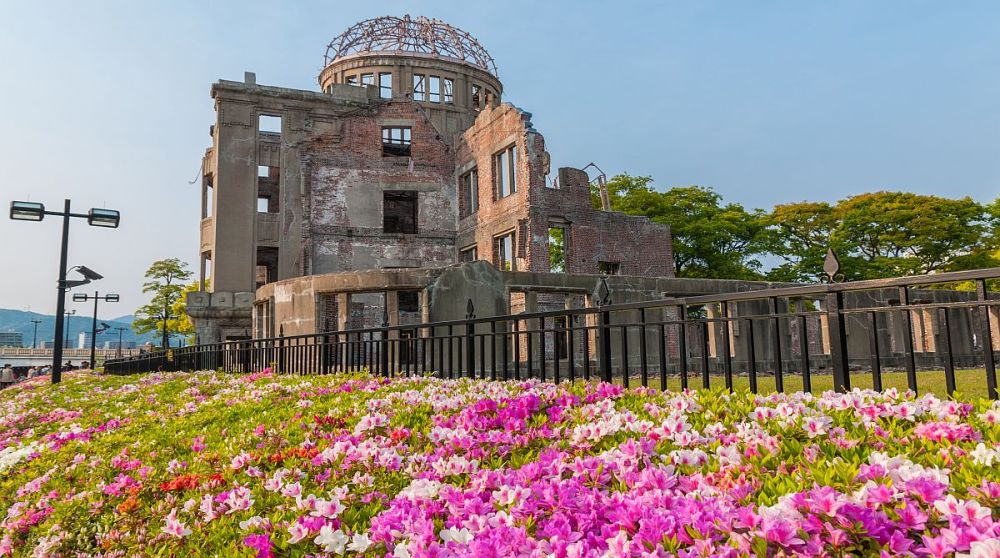

Hiroshima, a city with a history that has captured the world’s attention, has become a symbol of peace and resilience. The history of tourism in Hiroshima is inextricably linked with its past, particularly the tragic atomic bombing on August 6, 1945. In the years following World War II, Hiroshima's focus was on reconstruction and healing. It was only decades later that the city would emerge as a beacon for peace tourism.
In the immediate aftermath of the war, Hiroshima faced significant challenges. However, the city's commitment to rebuild was unwavering. The Hiroshima Peace Memorial Park was established in the 1950s, where the Genbaku Dome, the iconic structure that partially survived the explosion, stands. Designated a UNESCO World Heritage Site in 1996, the dome became a potent symbol of peace and a poignant attraction for those visiting the city.
Tourism in Hiroshima began to grow steadily as the city continued to promote its message of peace. Visitors from around the globe started to pour in, drawn by the allure of a city that had risen from the ashes. The establishment of the Hiroshima Peace Memorial Museum in 1955 provided a focal point for tourists to learn about the effects of the atomic bombing, as well as the city’s dedication to advocating for global disarmament and peace.
Over time, Hiroshima became a hub for educational tourism. Students and researchers came to study the city's experiences and the broader implications of nuclear warfare. The city's efforts to educate visitors about peace and its tragic history have been central to its tourism strategy, making it a unique destination for those seeking more than leisure and entertainment.
In recent years, Hiroshima has embraced a new wave in tourism, focusing on sustainable tourism and cultural experiences. As the global tourism industry recognizes the importance of responsible travel, Hiroshima has positioned itself as a city that not only offers a historical narrative but also promotes environmental preservation and cultural heritage. This includes showcasing Hiroshima's natural beauty, such as the nearby Miyajima Island, known for its iconic "floating" torii gate, and promoting its regional cuisine, like the famous Hiroshima-style okonomiyaki.
Today, Hiroshima continues to thrive as a major tourist destination, attracting visitors with its powerful history and vibrant culture. The city plays host to numerous peace-related conferences and events, further underlining its status as a global symbol of peace. The sentiment of Hiroshima's tourism narrative remains clear: to remember the past while working towards a future of hope and harmony.
As a destination expert, it's compelling to see how Hiroshima has not only recovered from its traumatic historical events but also how it has transformed these events into a powerful message for visitors. With ongoing international attention and continuous efforts to promote peace and understanding, the history of tourism in Hiroshima is a testament to the city's enduring spirit and its universal message that transcends borders.